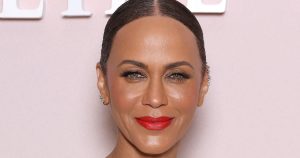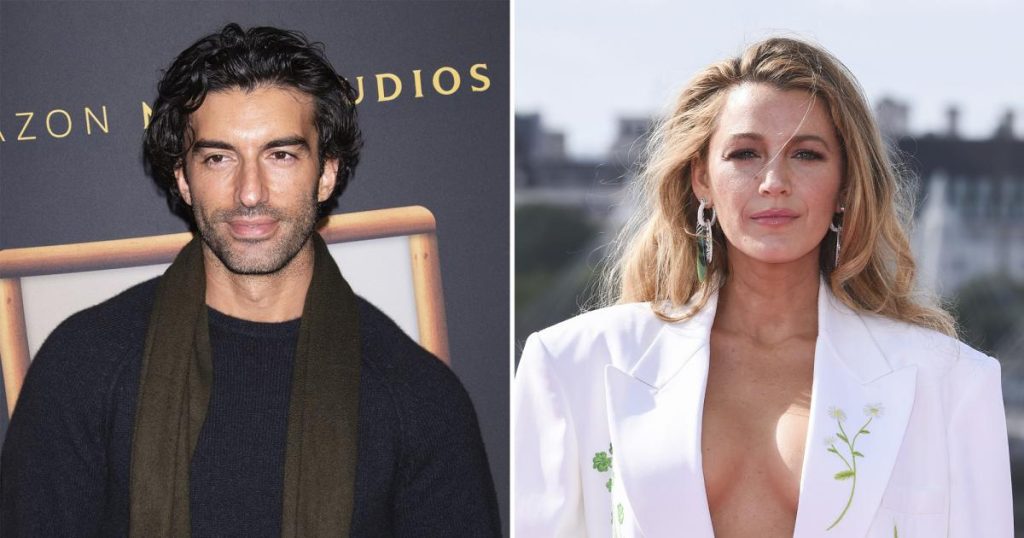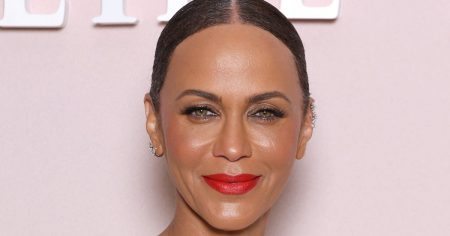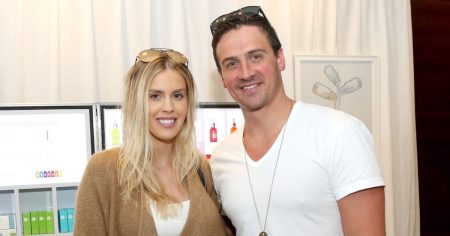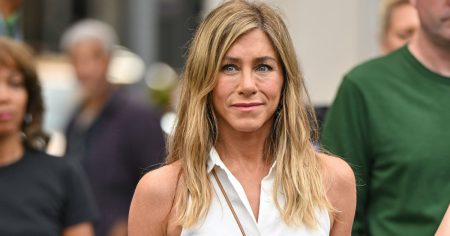The Legal Battle Between Justin Baldoni and Blake Lively: A Clash of Narratives
A high-stakes legal battle has erupted between actor and director Justin Baldoni and actress Blake Lively, stemming from Lively’s initial lawsuit accusing Baldoni of sexual harassment during the production of their film, "It Ends With Us." Baldoni has vehemently denied the allegations, countersuing Lively and The New York Times for a staggering $250 million, alleging a concerted smear campaign orchestrated by Lively and amplified by the Times’ allegedly biased reporting. The case has spiraled into a complex web of accusations, counter-accusations, and conflicting interpretations of events, leaving the public to decipher the truth amidst the legal wrangling.
Baldoni’s lawsuit, filed alongside several other plaintiffs including the film’s producers and publicists, accuses The New York Times of publishing a defamatory article that uncritically adopted Lively’s narrative while ignoring evidence that challenged her claims. They argue the article "cherry-picked" information and omitted crucial context to paint a misleading picture of events. The lawsuit zeroes in on specific instances detailed in the Times article, offering alternative interpretations and refuting the allegations of sexual harassment. These include disputing claims about Baldoni entering Lively’s trailer while she was breastfeeding, showing her a "pornographic video," and making sexualized comments about her character’s costumes. Baldoni’s legal team maintains that these incidents were either misrepresented or taken entirely out of context.
The lawsuit further challenges the Times’ reporting on Lively’s alleged HR complaint, claiming that no such official complaint was ever filed or presented to Baldoni or the production team. This directly contradicts the Times’ account, which stated that Lively filed a complaint outlining 30 conditions for her return to set, including the presence of an intimacy coordinator and restrictions on discussions of genitalia. This discrepancy forms a central pillar of Baldoni’s argument, claiming the Times knowingly published false information.
The New York Times has stood firmly by its reporting, asserting that the article was meticulously researched and based on thousands of pages of documents. They maintain that their reporting accurately reflected the information gathered and included Lively’s full statement in response to the allegations. The newspaper expressed its intention to vigorously defend itself against the lawsuit. Lively’s attorney echoed this sentiment, stating that the lawsuit operates on a "false premise" and that Lively’s initial complaint, along with a newly filed federal complaint, validates her claims. They encourage the public to examine Lively’s complaint in its entirety and express confidence in addressing Baldoni’s allegations in court.
Baldoni’s attorney, Bryan Freedman, has launched a sharp attack against The New York Times, accusing the newspaper of bowing to the influence of powerful Hollywood figures and abandoning journalistic ethics. He alleges that the Times knowingly participated in a PR smear campaign designed to rehabilitate Lively’s public image. Freedman insists that his team possesses the full truth, backed by comprehensive communication records, and vows to expose the Times’ alleged deception. This aggressive stance highlights the deep animosity between the two sides and sets the stage for a potentially protracted and contentious legal battle.
Prior to Baldoni’s countersuit, Lively had filed her initial lawsuit against him in December 2024, accusing him of sexual harassment and orchestrating a social manipulation campaign to damage her reputation. She stated her hope that the lawsuit would shed light on retaliatory tactics used against those who speak out about misconduct. Baldoni’s attorney, Freedman, immediately dismissed these allegations as "completely false, outrageous and intentionally salacious," suggesting that Lively’s lawsuit was a calculated move to repair her own image. This initial exchange of accusations laid the groundwork for the escalating legal conflict.
Adding another layer of complexity to the case, reports surfaced suggesting that Lively’s publicist had actively sought to tarnish Baldoni’s image by leaking stories to the press. Lively’s representative responded by stating that she merely directed press inquiries regarding HR complaints to Wayfarer or Sony, denying any involvement in originating the stories. Freedman, in response, hinted at the impending lawsuit and promised a revelation of evidence that would expose a "demonstrably false narrative," underscoring the depth of the accusations and the contentious nature of the legal proceedings. This exchange further muddied the waters, making it increasingly difficult to discern the truth amidst the conflicting claims.

